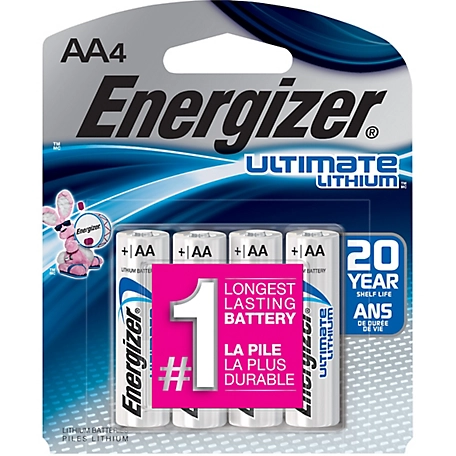Understanding the Self-charge and discharge mechanism of a lithium-ion battery
Par un écrivain mystérieux
Last updated 25 juin 2024
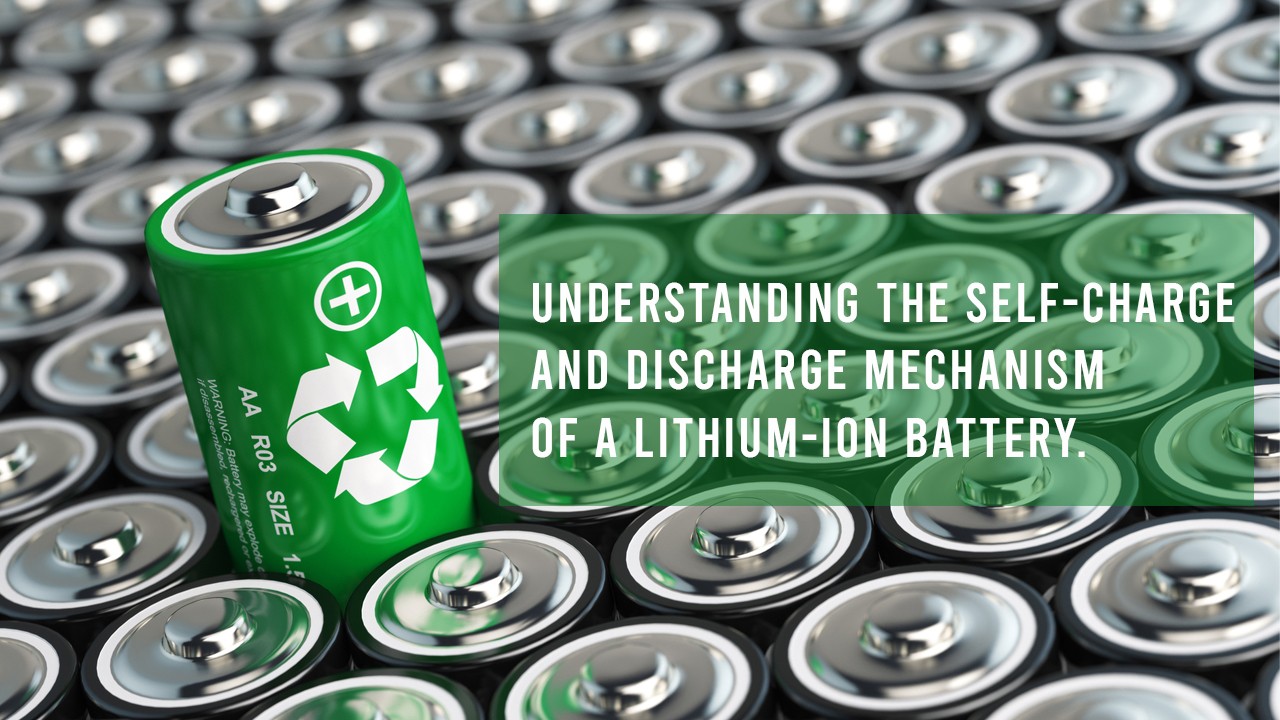
Lithium-ion batteries are rechargeable batteries that use lithium ions to store energy. They are known for having a low self-discharge rate compared to other rechargeable batteries, typically losing only about 5% of their monthly charge.

Fast Charging of Lithium‐Ion Batteries: A Review of Materials
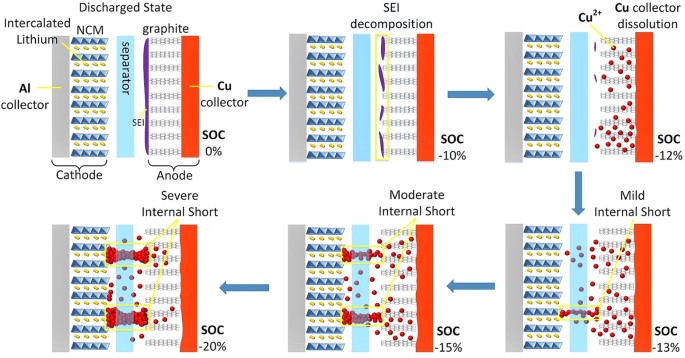
Mechanism of the entire overdischarge process and overdischarge
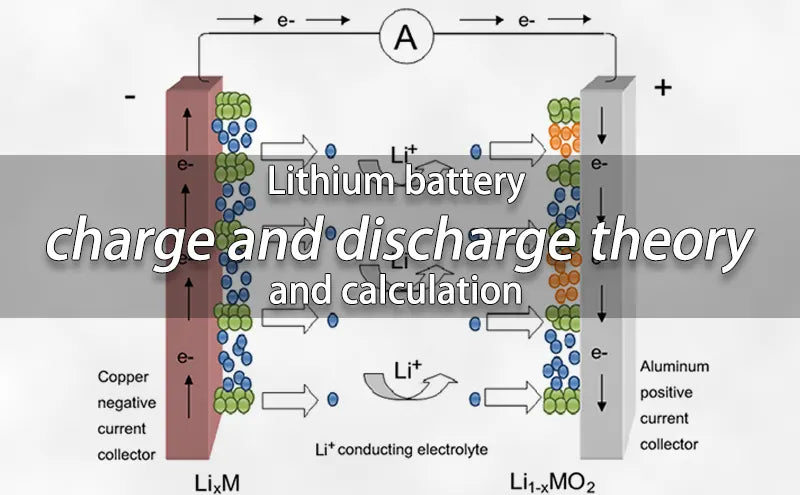
Lithium battery charge and discharge theory and calculation
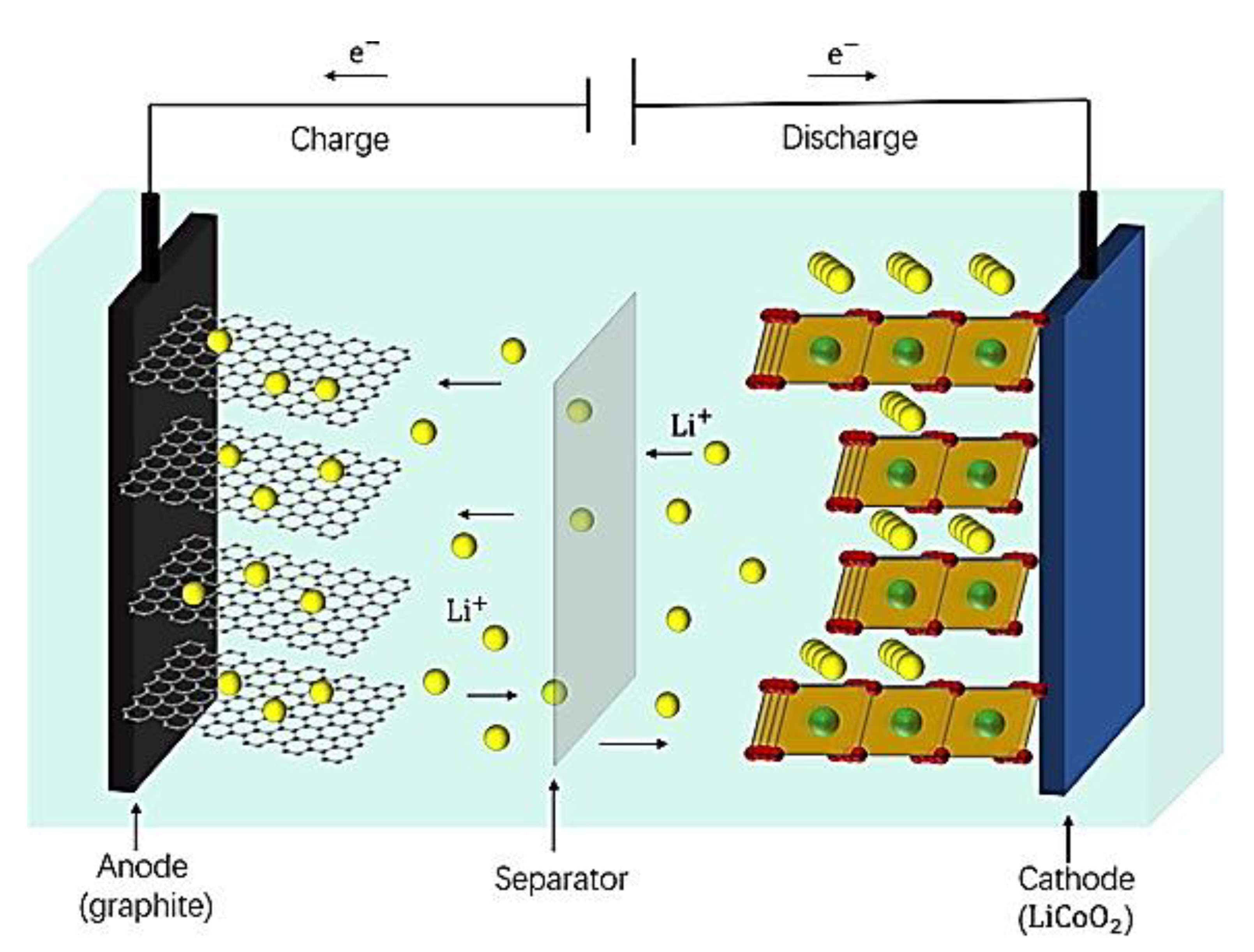
Polymers, Free Full-Text
3. Schematic representation of a) charge and b) discharge
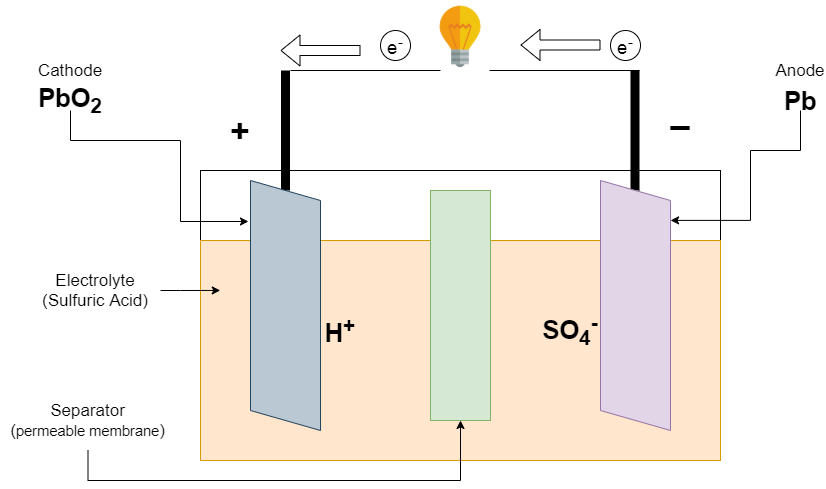
How rechargeable batteries, charging, and discharging cycles work
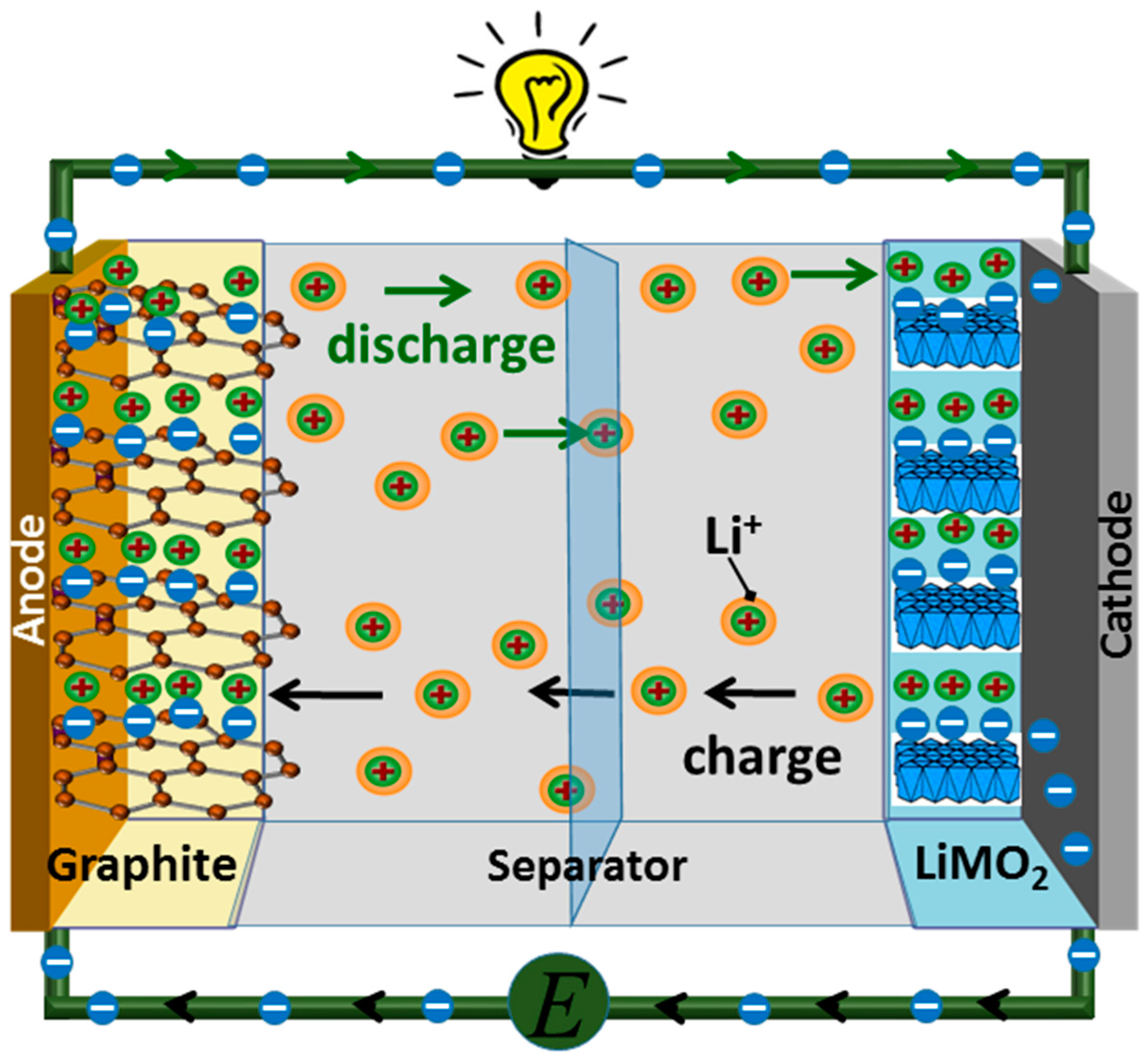
Batteries, Free Full-Text

The Li-Ion Rechargeable Battery: A Perspective
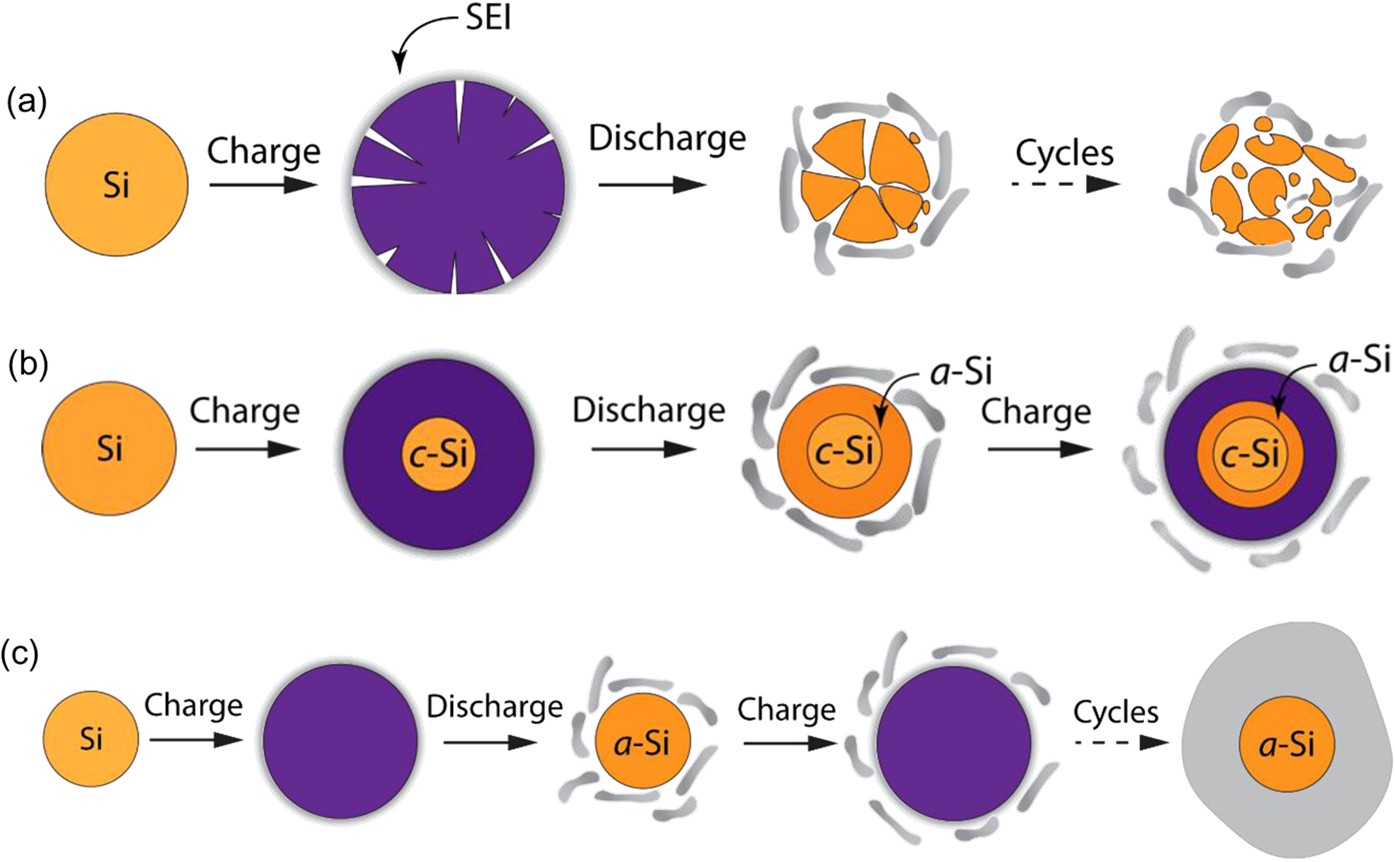
Chemomechanical modeling of lithiation-induced failure in high

Short-term and long-term disturbances for lithium-ion cell
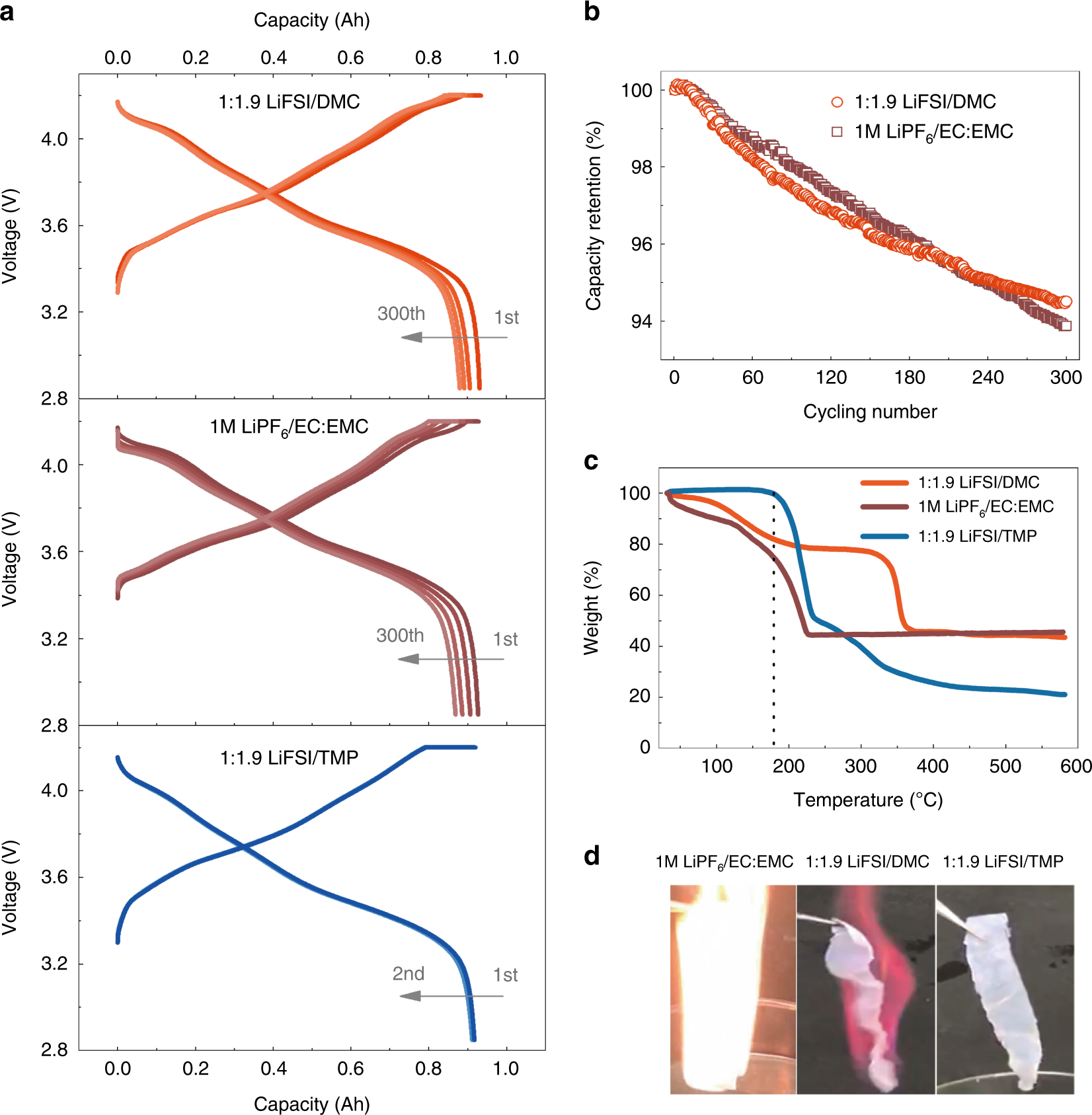
Thermal runaway of Lithium-ion batteries employing LiN(SO2F)2
Recommandé pour vous
 Piles AA / LR6 Energizer Ultimate Lithium (par 4) - Bestpiles14 Jul 2023
Piles AA / LR6 Energizer Ultimate Lithium (par 4) - Bestpiles14 Jul 2023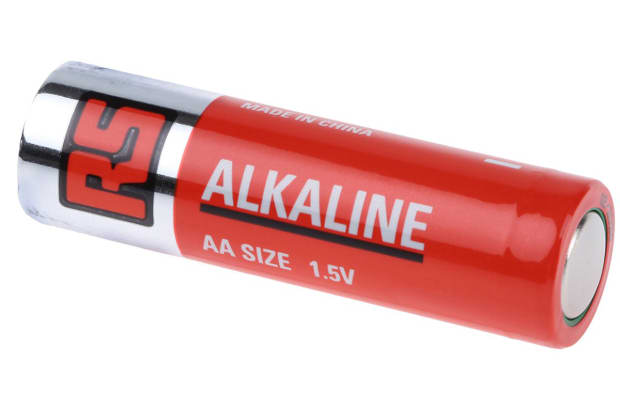 Everything You Need To Know About AA Batteries14 Jul 2023
Everything You Need To Know About AA Batteries14 Jul 2023 Energizer AA Lithium Battery (3-pack) - Batteries for WS-1000-ARRAY, WS-1001-ARRAY, WS-5000 and WS-1002-ARRAY - Long Life and Cold Climates14 Jul 2023
Energizer AA Lithium Battery (3-pack) - Batteries for WS-1000-ARRAY, WS-1001-ARRAY, WS-5000 and WS-1002-ARRAY - Long Life and Cold Climates14 Jul 2023- Energizer AA Ultimate Lithium Batteries, 4-Pack at Tractor Supply Co.14 Jul 2023
 EBL 12 Pack 3000mAh 1.5V AA Lithium Batteries - High Performance Constant Volt AA Lithium Battery for High-Tech Devices (Non-Rechargeable)14 Jul 2023
EBL 12 Pack 3000mAh 1.5V AA Lithium Batteries - High Performance Constant Volt AA Lithium Battery for High-Tech Devices (Non-Rechargeable)14 Jul 2023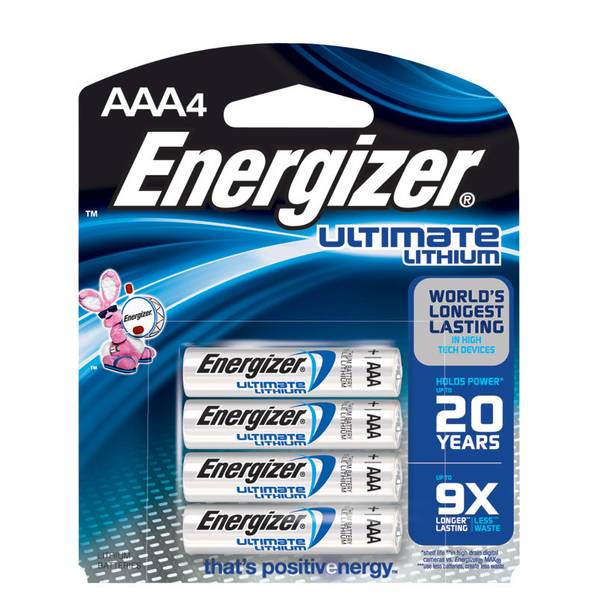 Energizer Lithium AA Batteries - L91SBP-414 Jul 2023
Energizer Lithium AA Batteries - L91SBP-414 Jul 2023.jpg) Energizer Ultimate Lithium AA Batteries - 8 Pack at Menards®14 Jul 2023
Energizer Ultimate Lithium AA Batteries - 8 Pack at Menards®14 Jul 2023:max_bytes(150000):strip_icc()/GettyImages-612308458-589c9bd63df78c475813e3c4.jpg) How to Easily Get Lithium From a Battery14 Jul 2023
How to Easily Get Lithium From a Battery14 Jul 2023 AA USB Rechargeable Lithium Batteries14 Jul 2023
AA USB Rechargeable Lithium Batteries14 Jul 2023 U-tec AA Ultra Lithium Battery (Pack of 4), 3000mAh 1.5V, Longest-Lasting AA Battery, Up to 10 Years in Storage and No Leaks Guaranteed, Works in14 Jul 2023
U-tec AA Ultra Lithium Battery (Pack of 4), 3000mAh 1.5V, Longest-Lasting AA Battery, Up to 10 Years in Storage and No Leaks Guaranteed, Works in14 Jul 2023
Tu pourrais aussi aimer
- Cette fille essaie de manger le poisson le plus puant du monde et14 Jul 2023
 COMMENT DÉFENDRE PARFAITEMENT SUR FIFA 23 !! PART 1 - LA MINUTE14 Jul 2023
COMMENT DÉFENDRE PARFAITEMENT SUR FIFA 23 !! PART 1 - LA MINUTE14 Jul 2023 Pince multimètre PDTO multimètre ampèremètre AC pince de mesure de courant 400A 600V – les meilleurs produits dans la boutique en ligne Joom Geek14 Jul 2023
Pince multimètre PDTO multimètre ampèremètre AC pince de mesure de courant 400A 600V – les meilleurs produits dans la boutique en ligne Joom Geek14 Jul 2023 ROMARIN - HUILE POUR UNE POUSSE RAPIDE - Cheveux Naturels // Afro14 Jul 2023
ROMARIN - HUILE POUR UNE POUSSE RAPIDE - Cheveux Naturels // Afro14 Jul 2023 Gourde,grande bouteille d'eau de motivation d'un demi-Gallon avec marqueur de temps et paille, pichet à eau pour - Type E0SEA0004G - Cdiscount Sport14 Jul 2023
Gourde,grande bouteille d'eau de motivation d'un demi-Gallon avec marqueur de temps et paille, pichet à eau pour - Type E0SEA0004G - Cdiscount Sport14 Jul 2023 Govee Envisual TV LED Backlight T2 with Dual Cameras, 21ft RGBIC Wi-Fi LED Strip Lights for 98-100 inch TVs, Double Strip Light Beads, Adapts to14 Jul 2023
Govee Envisual TV LED Backlight T2 with Dual Cameras, 21ft RGBIC Wi-Fi LED Strip Lights for 98-100 inch TVs, Double Strip Light Beads, Adapts to14 Jul 2023 Tente Anti-UV Marinière FPU 50+14 Jul 2023
Tente Anti-UV Marinière FPU 50+14 Jul 2023 Radio Réveil « Chiot » RR30DOGS2 BIGBEN, Bigben - Le Design Sonore pour tous, Audio, Thomson, Bigben Party, Bigben kids, Lumin'US, Colorlight14 Jul 2023
Radio Réveil « Chiot » RR30DOGS2 BIGBEN, Bigben - Le Design Sonore pour tous, Audio, Thomson, Bigben Party, Bigben kids, Lumin'US, Colorlight14 Jul 2023 Promo LESSIVE LIQUIDE (2) (3) BRIOCHIN chez E.Leclerc14 Jul 2023
Promo LESSIVE LIQUIDE (2) (3) BRIOCHIN chez E.Leclerc14 Jul 2023 Piles AA / LR6, U (x 12) La Belle Vie : Courses en Ligne - Livraison à Domicile14 Jul 2023
Piles AA / LR6, U (x 12) La Belle Vie : Courses en Ligne - Livraison à Domicile14 Jul 2023
